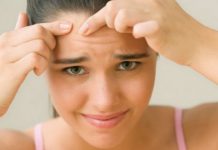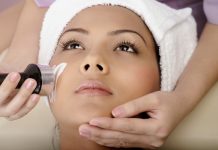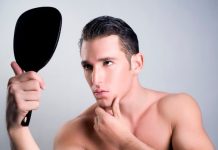As parents, we want our newborn baby to look perfect so when we start noticing scaly, red patches on their scalp and a greasy quality to their hair we may start to worry about the future prospects of our baby’s appearance.
If their hair is oily now, what will it be like when they are teens? The good news is your baby just has cradle cap and that’s nothing to be alarmed about.
Are you sure it is cradle cap?
This is a common question doctors hear regularly after diagnosing and explaining cradle cap to parents. That’s because most people are sure something is wrong. But the truth is cradle cap is not that unusual nor is it anything to be alarmed about.
What causes cradle cap?
Cradle cap can, in some ways, be blamed on the mom. That’s because what happens is that the mom’s hormones interact with the placenta before the baby leaves the womb. Her hormones cause the sebaceous glands to become overactive and that leads to the problems known as cradle cap.
The glands start overproducing oils which leads to the greasy hair. The extra oil also holds onto the dead skin cells that are flaking off. It’s not a pleasant combination but it is easy to treat and it does go away after about the first year of life.
Treating cradle cap
The easiest way to treat cradle cap is to rub some baby oil onto your baby’s scalp. This is going to loosen up some of those dried flakes that have been left behind and then you can just gently brush them away.
With babies over six months of age who have cradle cap, you can use some special shampoos to help minimize the symptoms. Do watch your baby’s eyes though because the shampoos can cause their eyes to burn(eye health), although they won’t hurt them otherwise.
A nasty surprise
You may end up weathering one bout of cradle cap in your son or daughter but guess what, that’s not necessarily the end of the story. When your kids hit puberty, those glands in their scalp are going to get another big shot of hormones (this time from your son or daughter) that will cause the same type of overreaction. The good news is you can safely use more of the shampoo treatments.













